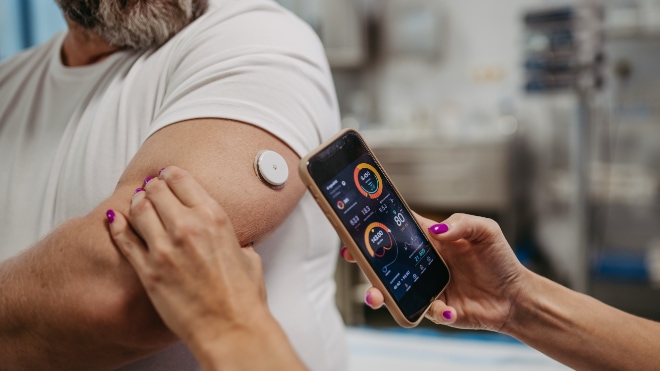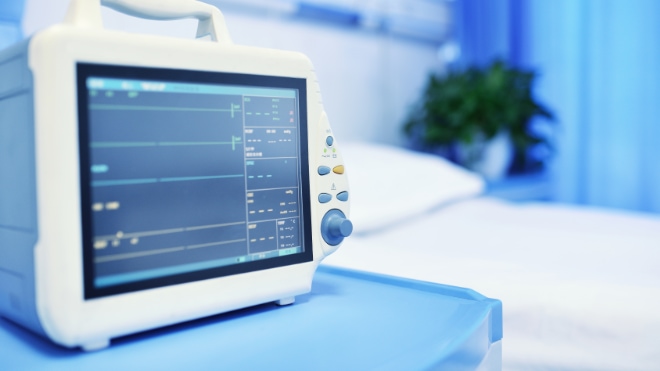
A clear idea of your medical device’s intended purpose is crucial in meeting the EU MDR regulatory requirements. Getting it right early in the development process is important, as it provides inputs to:
- Objectives of the Clinical Evaluation,
- Defining the SOTA,
- Design of clinical investigations,
- Equivalence claims,
- Evidence for conformity to relevant GSPRs.
A clinical evaluation should, according to its definition in Article 2(44) of the EU MDR, “verify the safety and performance, including clinical benefits, of the device when used as intended by the manufacturer.”
But what is the intended purpose, and how does it interact with indications for use, claims, and intended clinical benefits? For each term, we will consider a fictional hip implant device.
Intended purpose
‘Intended purpose’ should describe what the device is used for and the effect of the device. Article 2(12) of the EU MDR defines ‘intended purpose’ as “the use for which a device is intended according to the data supplied by the manufacturer on the label, in the instructions for use or in promotional or sales materials or statements and as specified by the manufacturer in the clinical evaluation.”
All medical devices will have an intended purpose. In the case of a hip implant, the intended purpose could be for the replacement of native hip joints in adult patients with moderate to severe hip osteoarthritis.
Indication for use
‘Indication for use’ should describe the clinical condition that the device targets. MDCG 2020-6 defines the indication for use as “the clinical condition that is to be diagnosed, prevented, monitored, treated, alleviated, compensated for, replaced, modified or controlled by the medical device.”
Some devices, therefore, may not have an indication for use. An example would be a medical device intended to sterilise equipment. In the case of a hip implant, the indication for use could be hip osteoarthritis with an Oxford Hip Score less than 29.
Clinical benefit
‘Clinical benefit’ should describe the benefit to the patient from using the device in a quantifiable manner. Article 2(53) of the EU MDR defines clinical benefit as “the positive impact of a device on the health of an individual, expressed in terms of a meaningful, measurable, patient-relevant clinical outcome(s), including outcome(s) related to diagnosis, or a positive impact on patient management or public health.”
All devices will have a clinical benefit, but these can be either direct or indirect. In the case of a hip implant, the intended clinical benefit could be the reduction in pain VAS score by 25%. An example of a medical device with an indirect clinical benefit would be the scalpel used during the operation; a scalpel will not reduce pain in patients with osteoarthritis, but will facilitate insertion of the hip replacement and therefore lead to an improvement in pain VAS score.
Claims
‘Claims’ are not defined in the EU MDR, but Article 7 prohibits any information supplied by the manufacturer that may mislead the user with regard to the intended purpose, safety, or performance. Claims, therefore, can be derived from any manufacturer documents and should be supported by clinical evidence in the clinical evaluation.
Claims will encompass all of the intended use, indications for use, clinical benefits, as well as other terms not discussed in this article such as intended user, use environment, etc.
Summary
To briefly summarise each of the points above:
| Intended purpose | Is the use and effect of the device. |
|---|---|
| Indications for use | Is the clinical condition that the device targets. |
| Clinical benefit | Is the measurable impact on the patient. |
| Claims | Derived from the above, plus any other claims made in marketing materials, IFU, etc. |
For further information on how we can help you meet your MDR requirements please contact us for a free and confidential discussion.
Alternatively, for any general regulatory questions you need a quick answer to, have you tried our AI-powered MDR & MDCG chatbot? — it’s free and will answer your queries around the clock.


































































